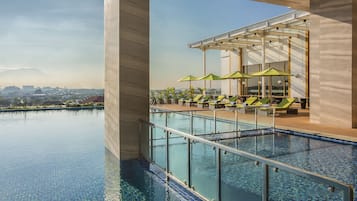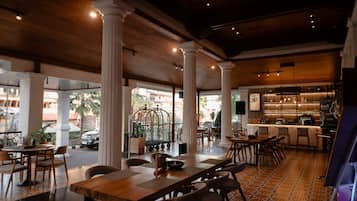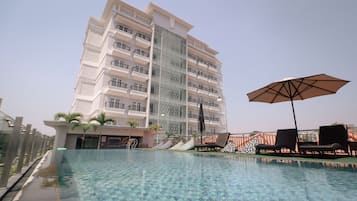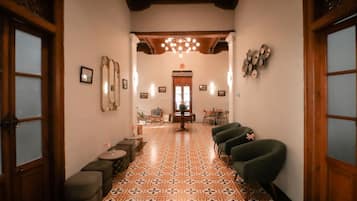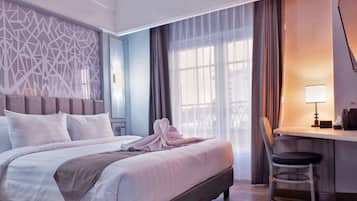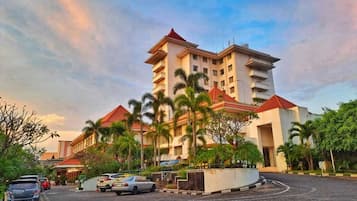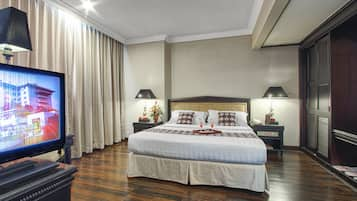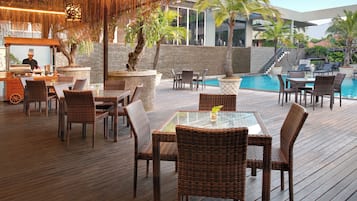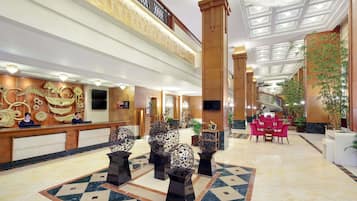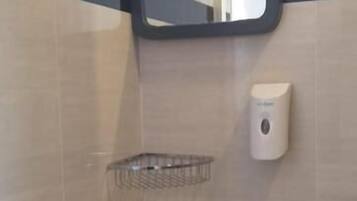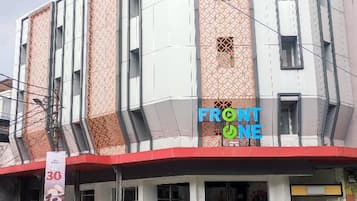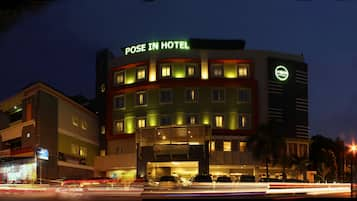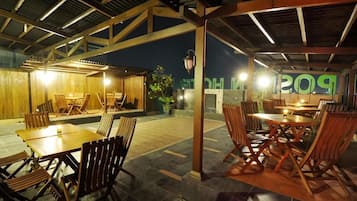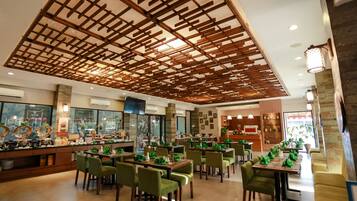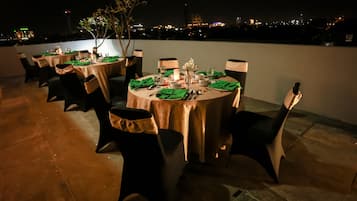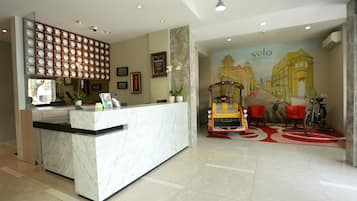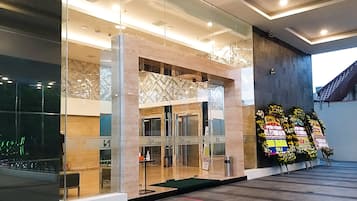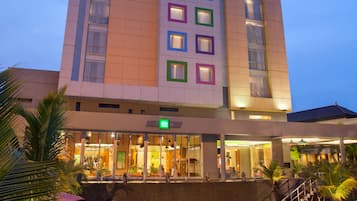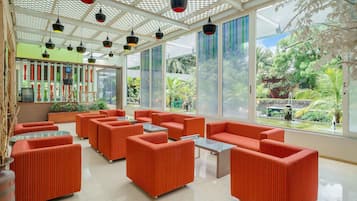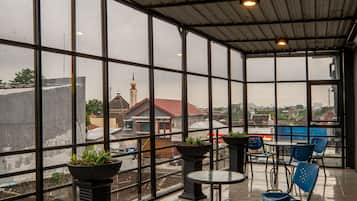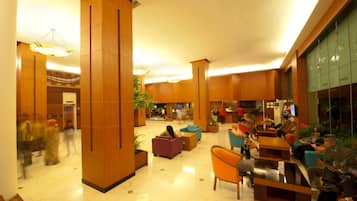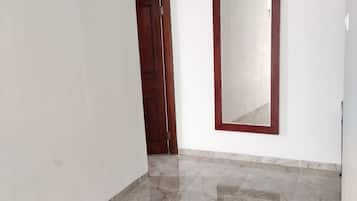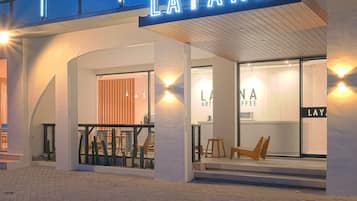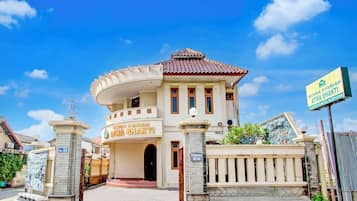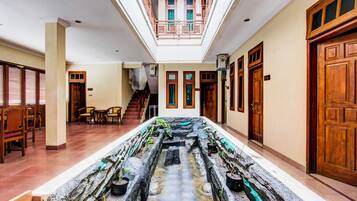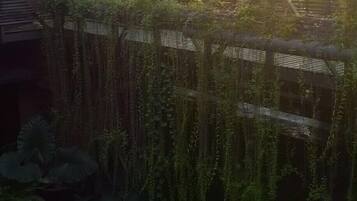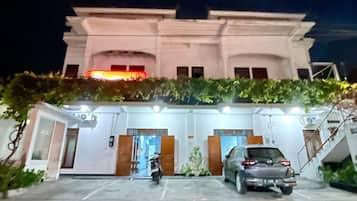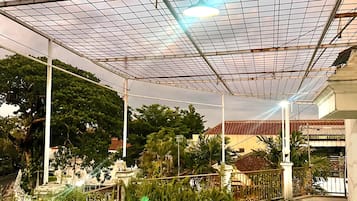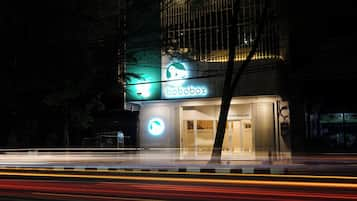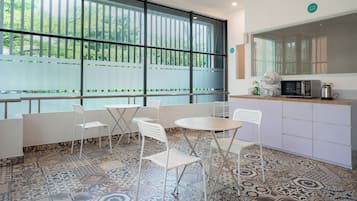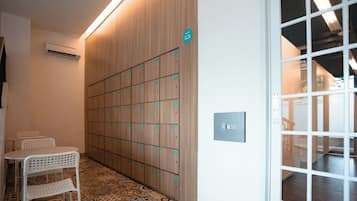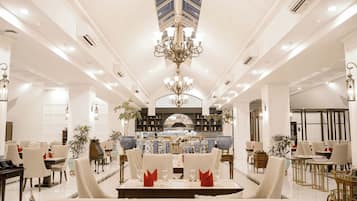Billede taget af Sharrie Shaw
Hotel i Banjarsari, Surakarta
- Skift meningBook hoteller med gratis afbestilling.
- Vær kræsenSøg blandt næsten en million overnatningssteder verden over.
Tjek priser for disse datoer
I aften
I morgen
Denne weekend
Næste weekend
Vores anbefalinger til hoteller i Banjarsari
Prisen er 339 kr.
inkluderer skatter og gebyrer
22. jan. - 23. jan. 2026
Prisen er 272 kr.
inkluderer skatter og gebyrer
8. jan. - 9. jan. 2026

Prisen er 129 kr.
inkluderer skatter og gebyrer
4. jan. - 5. jan. 2026
Den laveste pris pr. nat baseret på to voksne for én nat, som er fundet inden for de seneste 24 timer. Priser og tilgængelighed kan ændres uden varsel. Yderligere vilkår kan gælde.
Besøg Banjarsari
Find de bedste områder og kvarterer i Banjarsari til dine foretrukne aktiviteter.
Solo Centrum
Nyd godt af museerne og den zoologiske have i Solo Centrum. Du kan også sætte tid af til at besøge Solo Paragon Lifestyle Mall eller Keprabon Park.
![At the museum no photos are allowed which is really unfortunate as it was well worth the visit and the guided tour is definitely not to be missed. In the museum there are even Batik made from the Dutch era which depicts stories like Little Red Riding Hood and Snow White!
I enjoyed the tour v much and at the end of the tour we were brought to this room where the artisan were working on hand drawn batik.
Below is an excerpt from Wikipedia for anyone interested in learning more about the process of batik making.
Firstly, a cloth is washed, soaked and beaten with a large mallet. Patterns are drawn with pencil and later redrawn using hot wax, usually made from a mixture of paraffin or bees wax, sometimes mixed with plant resins, which functions as a dye-resist. The wax can be applied with a variety of tools. A pen-like instrument called a canting (IPA: [tʃantiŋ], sometimes spelled with old Dutch orthography tjanting) is the most common. A canting is made from a small copper reservoir with a spout on a wooden handle. The reservoir holds the resist which flows through the spout, creating dots and lines as it moves. For larger patterns, a stiff brush may be used. Alternatively, a copper block stamp called a cap (IPA: [tʃap]; old spelling tjap) is used to cover large areas more efficiently.
After the cloth is dry, the resist is removed by scraping or boiling the cloth. The areas treated with resist keep their original color; when the resist is removed the contrast between the dyed and undyed areas forms the pattern. This process is repeated as many times as the number of colors desired.
The most traditional type of batik, called batik tulis (written batik), is drawn using only the canting. The cloth need to be drawn on both sides and dipped in a dye bath three to four times. The whole process may take up to a year; it yields considerably finer patterns than stamped batik.
Source: Wikipedia](https://images.trvl-media.com/place/6224808/26fd1460-c65a-4c1a-9444-7a893e883ac9.jpg?impolicy=fcrop&w=1200&h=500&q=medium)
